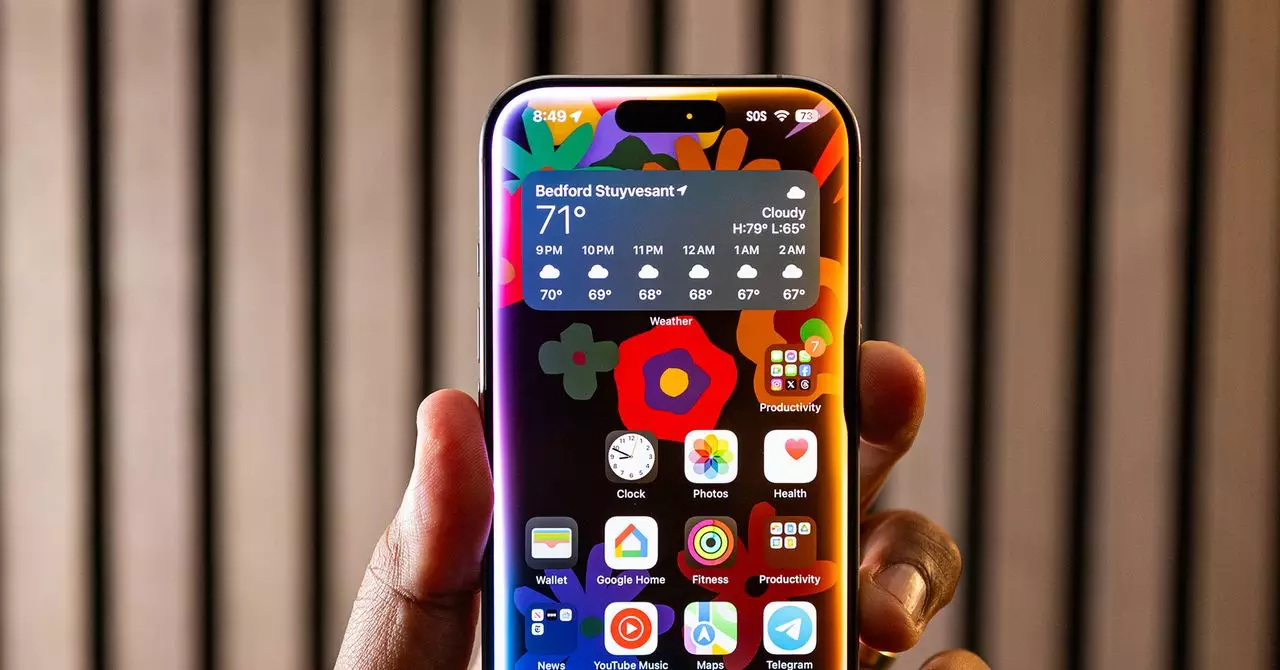The landscape of voice assistants has long been dominated by giants like Apple and Amazon. With names like Siri and Alexa becoming ingrained in popular culture, it’s evident that branding plays a pivotal role in user perception. In contrast, Google Assistant lacks that same cultural resonance. It’s easy to see why Amazon chose to maintain the Alexa branding, simply enhancing it with a “+” sign to signify an upgraded experience powered by advanced language models. However, Apple’s insistence on sticking with Siri raises questions about its effectiveness and relevance.
While some may argue that sticking to established brands can help in retaining user loyalty, it’s clear that Apple has not yet delivered the transformative improvements it promised for Siri. In a market where expectations have skyrocketed, merely changing the look without significantly enhancing functionality may not suffice. Users remain frustrated and perplexed, left to wonder why Siri—despite its new aesthetic—still fails to measure up.
The User Experience Void
An immediate challenge facing voice assistants is the user interface, or lack thereof. The comparison of current interaction methods to archaic command-line computing is a valid critique. In an age when graphical user interfaces (GUIs) made technology accessible, the return to a command-line-style interaction with AI is a regressive move, trapping users in a maze of confusion. Just as the shift to GUIs democratized access to computing, today’s voice assistants could benefit from a reimagined interface that invites exploration and discovery.
Take, for instance, an average user unfamiliar with AI capabilities. Presenting them with platforms like ChatGPT or Gemini might evoke blank stares rather than excitement. Users shouldn’t have to be tech-savvy to navigate these interfaces; they should be intuitive enough to engage any curious mind. Experimentations have already proven that even simple requests like checking the weather can leave users wanting, with assistants often delivering unsatisfactory or vague responses. This suggests a fundamental flaw in how AI is designed to interact with everyday individuals who have historically engaged with devices in a more straightforward, predictable manner.
Rethinking Interaction: An Urgent Need for Evolution
Harrison’s insights reveal a critical dichotomy: while tech enthusiasts might embrace AI’s complexities, the average user finds these advancements overwhelming. For those who have relied on Siri for basic functions like playing music or setting timers, a sudden shift to more sophisticated AI capabilities can feel disorienting. It begs the question: how do we educate and empower users to embrace these transformative tools effectively?
The idea of renaming applications might appear drastic, but it could serve as a succinct symbol of change. A new name could carry the promise of an evolved user experience, one that emphasizes accessibility and ease of use. For Apple, moving away from Siri would mean acknowledging the limitations of its current capabilities while signaling a commitment to innovation.
Bridging the Gap: A Cultural Shift
Revolutionizing voice assistants is not solely about technological advancements; it’s also a cultural undertaking. The integration of AI into daily life requires a coordinated effort to bridge the gap between cutting-edge innovation and user-oriented design. As Harrison aptly states, “For 99 percent of the planet, this kind of AI revolution has totally gone over their head.” What’s crucial is a collective awareness and acceptance of new methodologies for voice interactions.
However, this transformative journey isn’t without its challenges. It’s going to take time to recalibrate public perception of what voice assistants are capable of. Educational resources, user-friendly guides, and community-driven discussions will be vital for fostering engagement with these advanced capabilities. The shift from merely functional usage to exploratory interactions will take informed initiatives to bring users on board.
While the technical evolution of voice assistants will undoubtedly continue to evolve, it’s imperative that this evolution aligns with users’ needs and expectations. The real triumph will be creating voice assistants that not only understand commands but can anticipate user needs and respond in a manner that feels natural and empowering.

